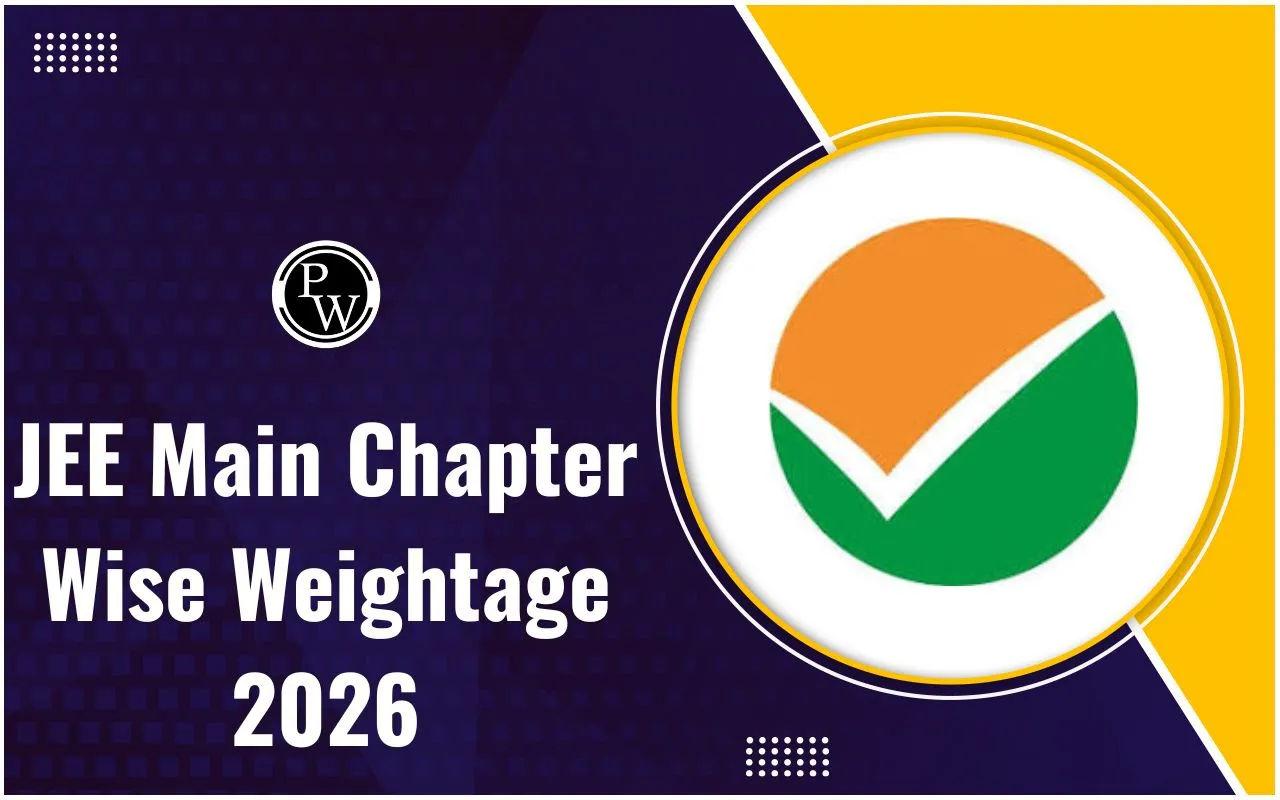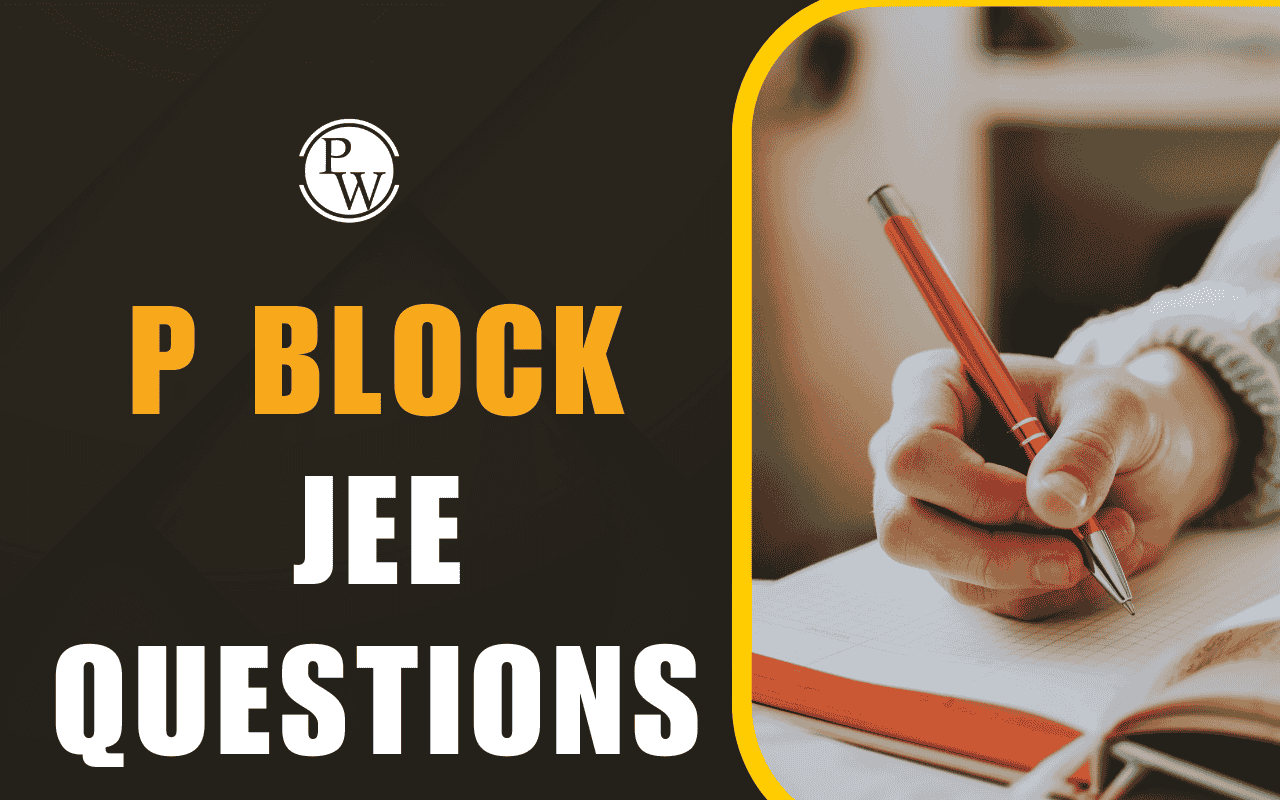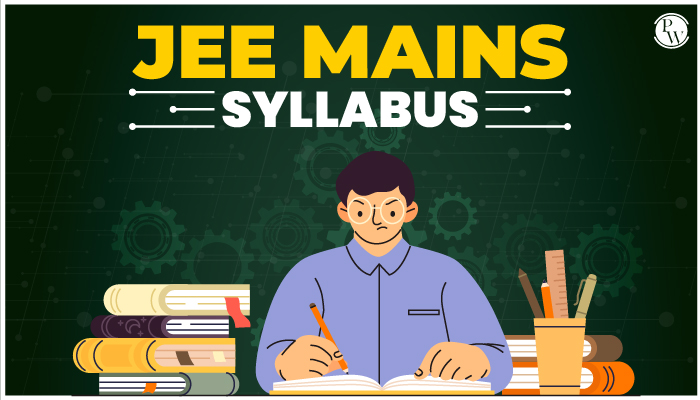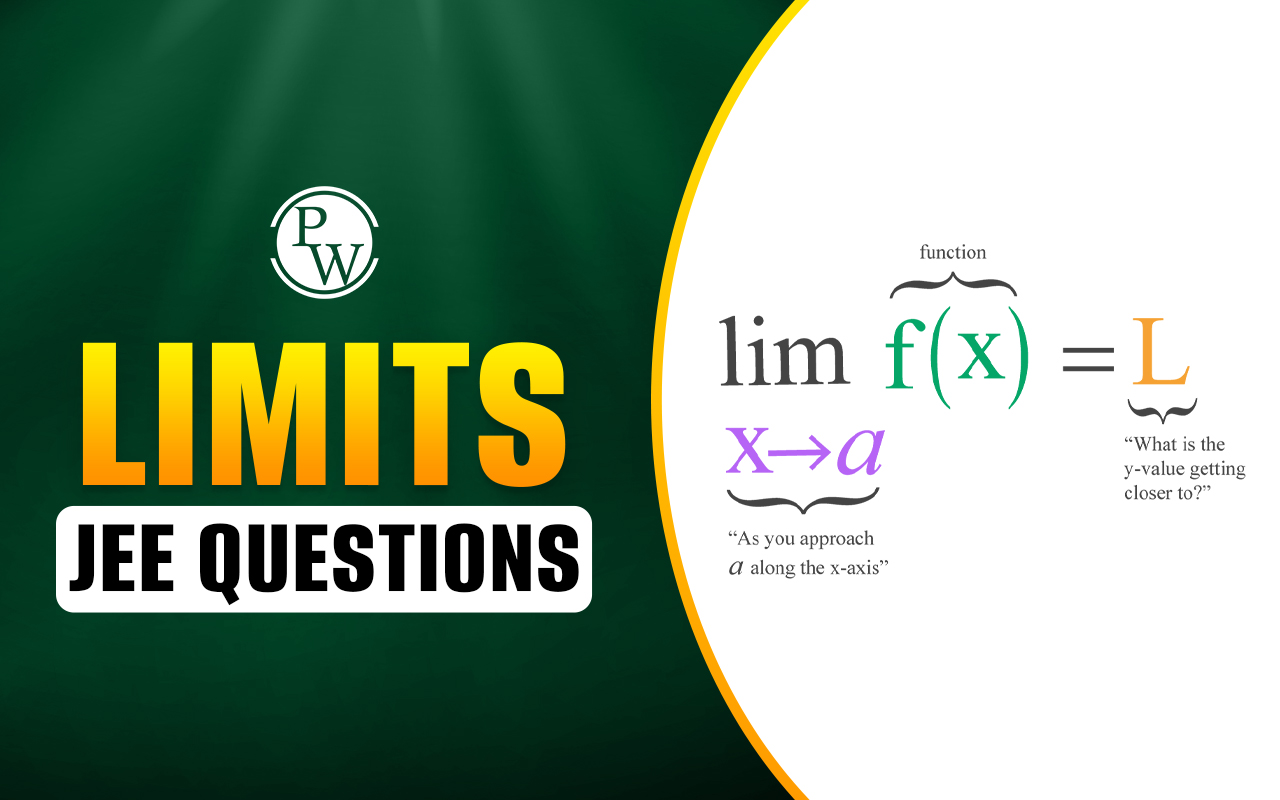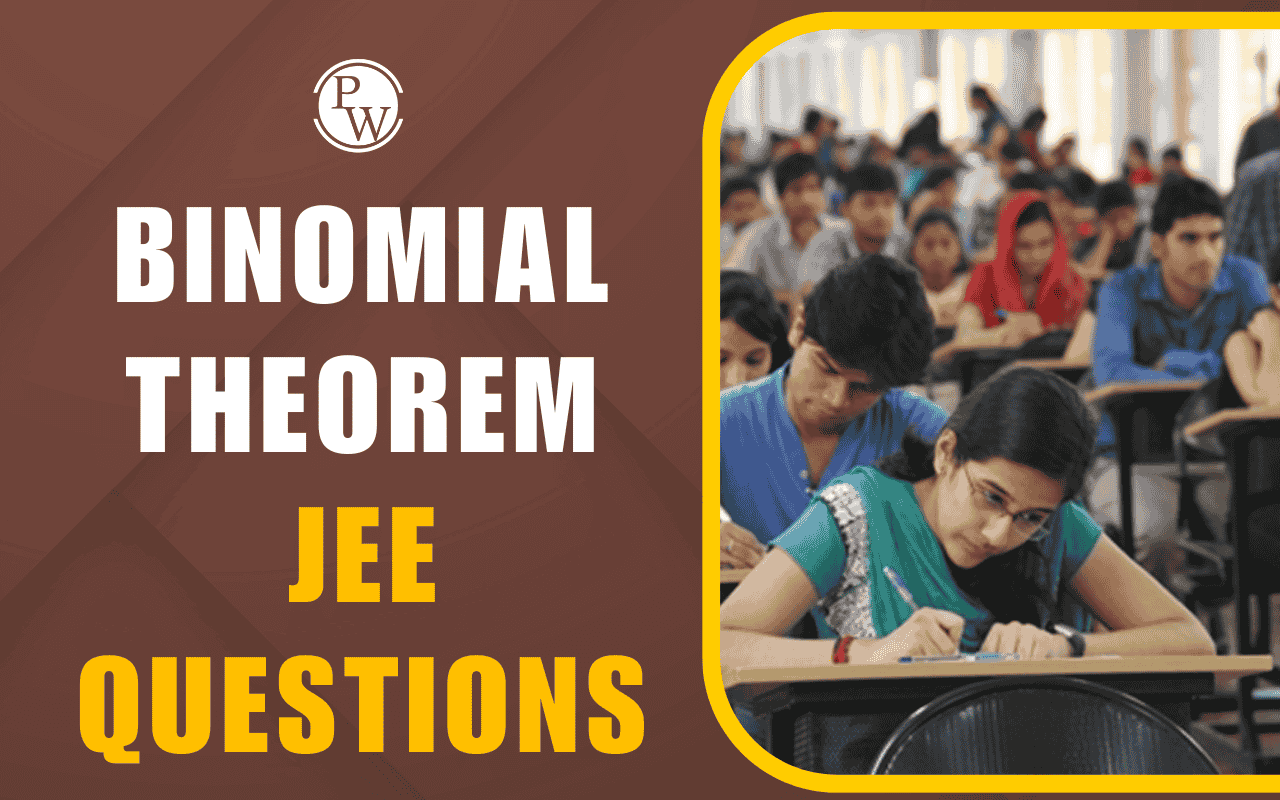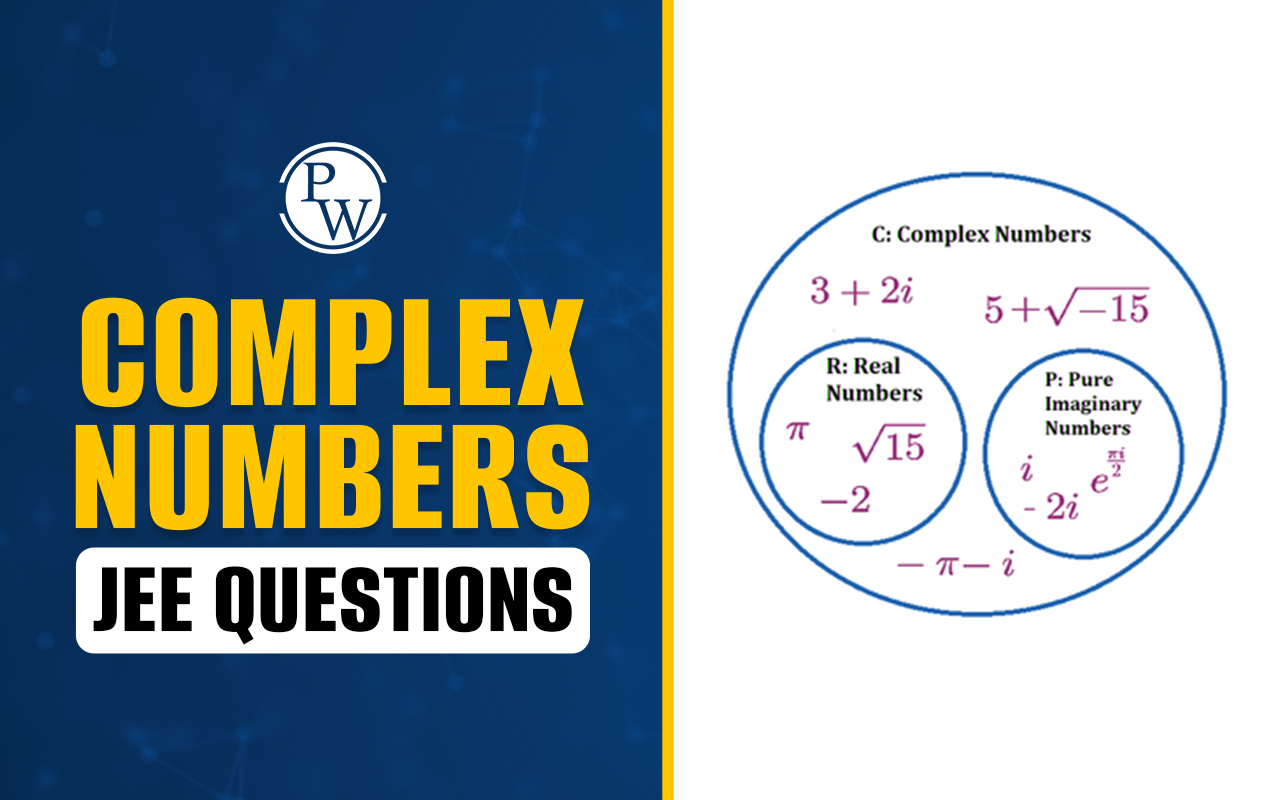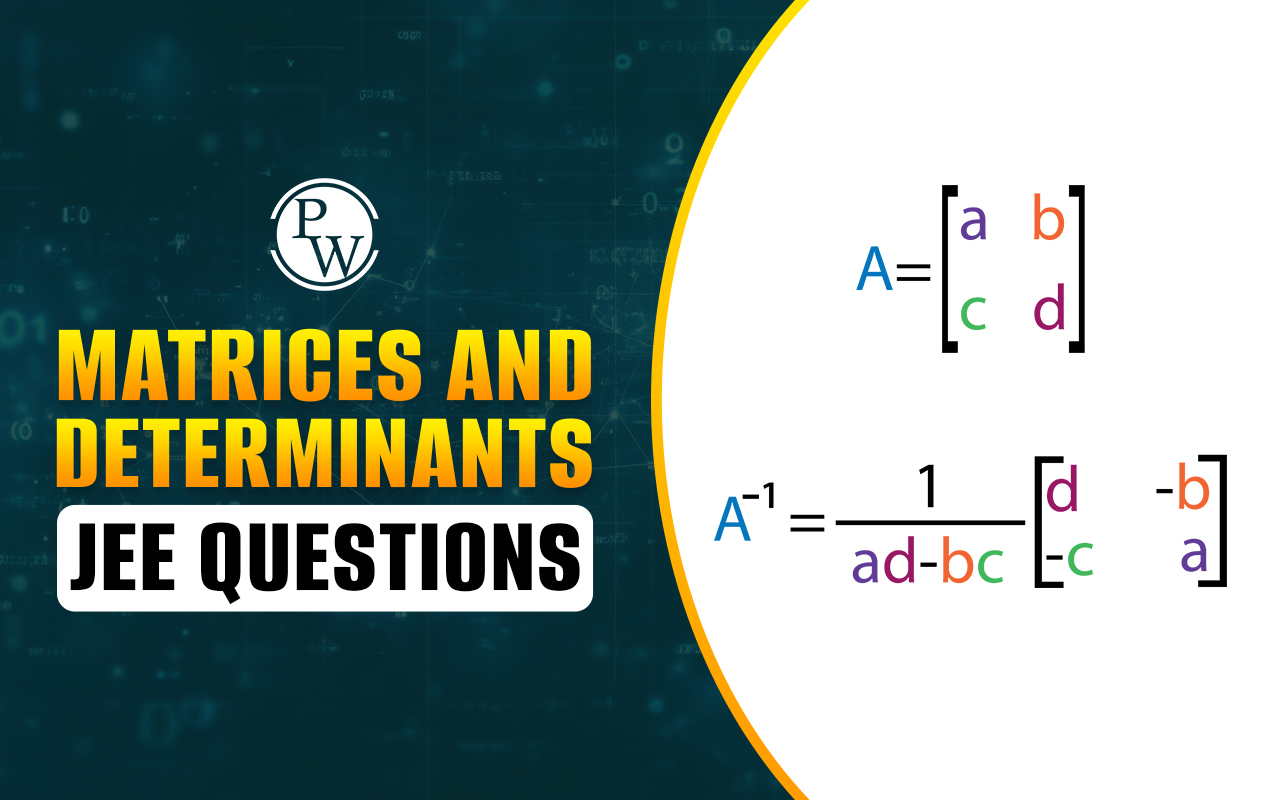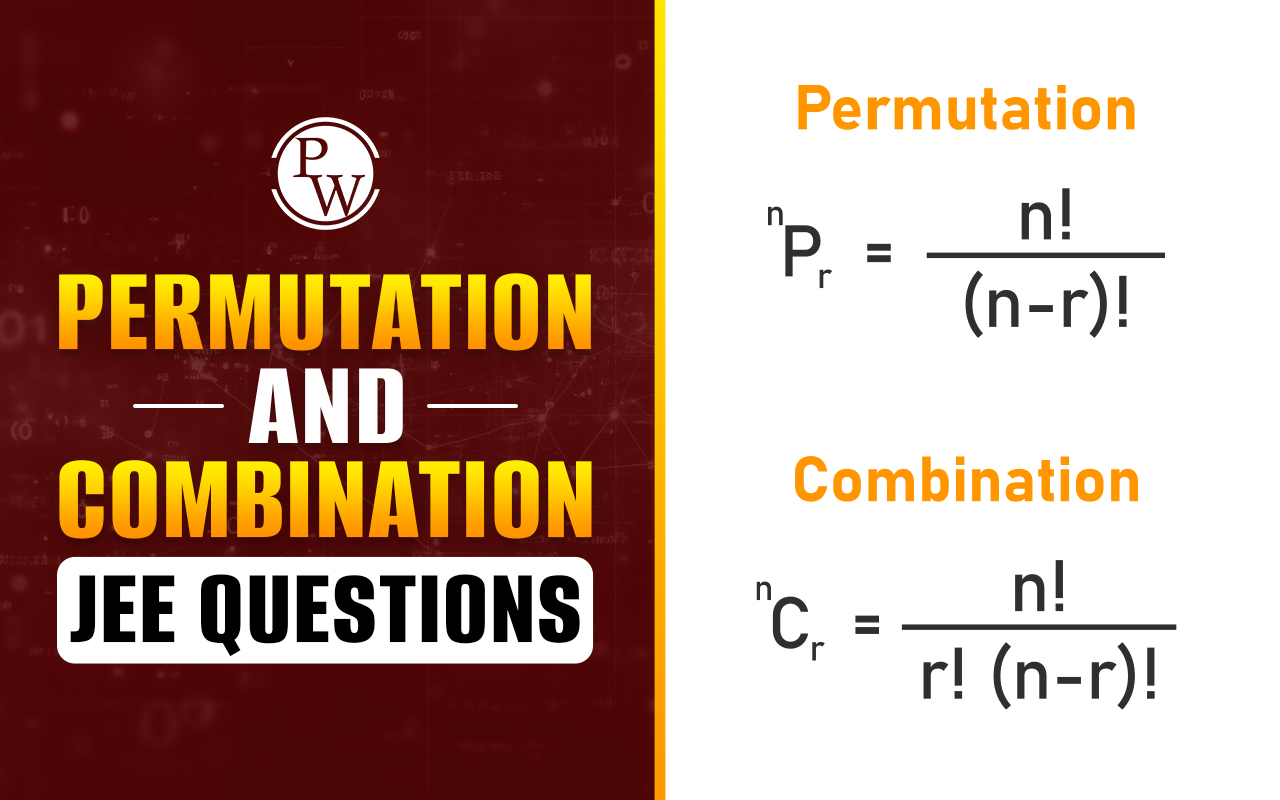

Common Mistakes to Avoid While Preparing for JEE Main 2025: The JEE Main 2025 exam, conducted by the NTA, is an important step for those aiming to gain admission into top engineering colleges across India. With the exam set to take place in two sessions—January and April—a countless number of aspirants are busy preparing to show their knowledge and skills.
However, in the hustle and bustle of JEE 2025 preparation , many aspirants make some common mistakes that can negatively affect their studies and can lead to lower scores on the final exam. Understanding these common mistakes and knowing how to avoid them can help aspirants make the most of their study time and boost their chances of success. Therefore, this article aims to discuss the common mistakes to avoid while preparing for JEE Main 2025 to help aspirants score well.Common Mistakes to Avoid While Preparing for JEE Main
The JEE Main 2025 exam is approaching soon, with the first session scheduled for January. As the exam date comes nearer, many aspirants are focused on their preparations to secure a spot in top engineering colleges. However, in the midst of this busy study period, it’s common for aspirants to make mistakes that can impact their progress and affect their scores. Therefore, recognizing these common mistakes is important in order to score good marks. Check out some of the common mistakes to avoid while preparing for JEE Main 2025 that can significantly aid in cracking the exam in the first attempt.Avoiding the Basics And Not Following JEE Main Syllabus
One of the biggest mistakes applicants should avoid is avoiding the basics and jumping straight into advanced topics. It is important to remember that to do well, having a strong understanding of the basic concepts of mathematics, physics, and chemistry is crucial. Additionally, overlooking the JEE Main Syllabus 2025 and relying on other resources that may not fully align with the official syllabus can lead aspirants off track. Hence, aspirants should prioritize the JEE main syllabus and use it as their primary guide. If needed, they can supplement their studies with other resources only when they are directly related to the topics outlined in the syllabus. To enhance aspirants’ JEE 2025 preparation , PW offers the best study resources that are high-quality, relevant to the syllabus, and affordable. Be sure to check the direct link below for more details.Not Including NCERT Books In the JEE Main 2025 Study Plan
Another common mistake aspirants must avoid is not including NCERT books in their JEE Main 2025 Study Plan . Remember that the Joint Entrance Examination usually tests aspirants on topics that are directly taken from the NCERT books of Physics, Mathematics, and Chemistry. Moreover, since the NCERT curriculum aligns closely with the JEE main syllabus, mastering these books can significantly boost aspirants' confidence and performance on exam day. Also read: NCERT Books For JEE Mains 2025, Are They Enough To Crack The Exam?Overreading Theory And Not Solving Enough Numerical
Spending too much time on theory and not enough time solving numerical problems is one more common mistake aspirants unintentionally make. While understanding concepts is important, JEE is primarily an application-based exam where aspirants must apply their theoretical knowledge to solve problems. Therefore, it is vital to maintain a balance between learning the theory and solving numerical problems. This practice helps reinforce theoretical concepts and allows aspirants to identify their weak areas, giving them the opportunity to focus on improving those specific topics.Just Reading Textbooks And Not Attempting Practice Tests
Focusing only on reading textbooks without attempting practice tests is a significant mistake many aspirants make while preparing for the JEE Main 2025 exam. While textbooks are important for building foundational knowledge, they do not provide a complete picture of what aspirants will face on the actual exam. Practice tests are important for several reasons. They help aspirants familiarize themselves with the exam format, time management, and the types of questions that may appear in the JEE mains. By regularly taking practice tests, aspirants can improve their time management skills and track their progress over time. To enhance their JEE Main preparation, aspirants can benefit from the Best Online Test Series for JEE 2025 offered by PW. This series includes features like video solutions and detailed analysis for each test, personalized feedback through one-to-one telephonic parent-teacher meetings (PTM), and All India Test Series (AITS) at physical centers for a realistic exam experience.| PW Best Online Test Series for JEE 2025 | ||
| Name of the Test Series | Price | Link To Enroll |
| Lakshya JEE 2025 Test Series | INR 1,000 (50% OFF from INR 2,000) | Explore Here! |
| Prayas JEE 2025 Test Series | INR 1,000 (50% OFF from INR 2,000) | Explore Here! |
| Arjuna JEE 2025 Test Series | INR 1,000 (50% OFF from INR 2,000) | Explore Here! |
Creating a Study Plan Without Breaks
To complete the syllabus early, aspirants usually make the mistake of designing a study plan that lacks breaks. While it’s important to dedicate the majority of time to studying, continuous doing so without rest can lead to overwhelming and decreased productivity. Adding small, regular breaks into a JEE Main 2025 study plan is vital for maintaining consistency and motivation. Techniques like the Pomodoro Technique, which involves studying for 25 minutes followed by a 5-minute break, can help maximize focus. Suggested read: Top 5 Time Management Tips For JEE PreparationNot Solving JEE Main Previous Year Questions
A major mistake many aspirants make is neglecting to solve previous year JEE Main questions. These past papers give valuable insights into the JEE Main Exam Pattern , types of questions, and the level of difficulty. By solving them, one can better understand what to expect in the upcoming exam and improve their problem-solving speed and accuracy. Additionally, practicing with previous year questions help identify frequently repeated concepts and topics, allowing aspirants to prioritize important areas. PW offers a comprehensive collection of JEE previous year papers for mains and advanced exams from the last 47 years, available with detailed solutions. These resources offer chapter- and topic-wise questions, right answer keys, and questions from the last 11 years. Access these affordable yet high-quality resources from the direct link provided below.Not Engaging in Frequent Revision Sessions
Aspirants often make this mistake of just learning new concepts without regular revision. However, it is important to remember that by doing so, aspirants can forget what they’ve already studied. Revising topics on a daily basis helps reinforce understanding and makes sure that important information is retained. Frequent revision also allows aspirants to identify weak areas and focus on them before it's too late. By setting aside time for revision in their study plan, applicants can improve their mistakes and their comprehension of key concepts to score high in JEE Main 2025. For those looking to boost their revision efforts, PW’s Prayas JEE 90 Days Crash Course 2025 offers an excellent solution. With features like PDF notes, Daily Practice Problems with video solutions, and access to the All India Test Series (AITS), this course is designed to ensure comprehensive revision. Also read: Top 10 Best Revision Techniques for JEE 2025Being Overconfident and Not Seeking Guidance
Overconfidence during JEE Main preparation can lead aspirants to overlook important concepts or ignore areas where they need improvement. Some aspirants believe they can handle everything on their own, which may result in gaps in their understanding. Seeking guidance is important to avoid such mistakes. For effective preparation, aspirants can benefit from JEE Online Coaching by PW , which offers live sessions, PDF notes, expert guidance, and dedicated doubt-solving sessions, etc. These resources ensure that aspirants have access to the right support at every stage of their preparation, helping them stay on track and perform their best in the JEE Main 2025 exam.| Best JEE Online Courses By PW | |
| Name of the Course | Link To Explore |
| Arjuna JEE 3.0 2025 for Class 11th + JEE Main/Advanced | Explore Here! |
| Lakshya JEE 3.0 2025 for Class 12th +JEE Main/Advanced | Explore Here! |
| Prayas JEE 3.0 2025 for Droppers | Explore Here! |
Common Mistakes to Avoid While Preparing for JEE Main 2025 FAQs
Ques. What mistake do aspirants make during JEE mains preparation?
Ans. Some of the common mistakes aspirants make during JEE Main preparation is focusing too much on theory and neglecting practice tests. Also, not following the syllabus closely, skipping NCERTs, and lacking regular revision can also impact performance.
Ques. I'm appearing for JEE Main 2025. What mistakes should I avoid while studying?
Ans. For effective JEE Main 2025 preparation, avoid common mistakes like skipping the basics, neglecting NCERT books, not doing regular revision, and skipping practice tests.
Ques. When will JEE Main 2025 registration start?
Ans. The registration for JEE Main 2025 is expected to begin in November 2024 for Session 1 and in the first week of February 2025 for Session 2. Applicants can register online through the official NTA JEE Main website at jeemain.nta.ac.in.
Talk to a counsellorHave doubts? Our support team will be happy to assist you!

Check out these Related Articles
Free Learning Resources
PW Books
Notes (Class 10-12)
PW Study Materials
Notes (Class 6-9)
Ncert Solutions
Govt Exams
Class 6th to 12th Online Courses
Govt Job Exams Courses
UPSC Coaching
Defence Exam Coaching
Gate Exam Coaching
Other Exams
Know about Physics Wallah
Physics Wallah is an Indian edtech platform that provides accessible & comprehensive learning experiences to students from Class 6th to postgraduate level. We also provide extensive NCERT solutions, sample paper, NEET, JEE Mains, BITSAT previous year papers & more such resources to students. Physics Wallah also caters to over 3.5 million registered students and over 78 lakh+ Youtube subscribers with 4.8 rating on its app.
We Stand Out because
We provide students with intensive courses with India’s qualified & experienced faculties & mentors. PW strives to make the learning experience comprehensive and accessible for students of all sections of society. We believe in empowering every single student who couldn't dream of a good career in engineering and medical field earlier.
Our Key Focus Areas
Physics Wallah's main focus is to make the learning experience as economical as possible for all students. With our affordable courses like Lakshya, Udaan and Arjuna and many others, we have been able to provide a platform for lakhs of aspirants. From providing Chemistry, Maths, Physics formula to giving e-books of eminent authors like RD Sharma, RS Aggarwal and Lakhmir Singh, PW focuses on every single student's need for preparation.
What Makes Us Different
Physics Wallah strives to develop a comprehensive pedagogical structure for students, where they get a state-of-the-art learning experience with study material and resources. Apart from catering students preparing for JEE Mains and NEET, PW also provides study material for each state board like Uttar Pradesh, Bihar, and others
Copyright © 2025 Physicswallah Limited All rights reserved.
